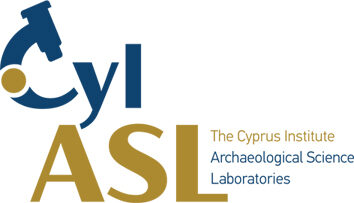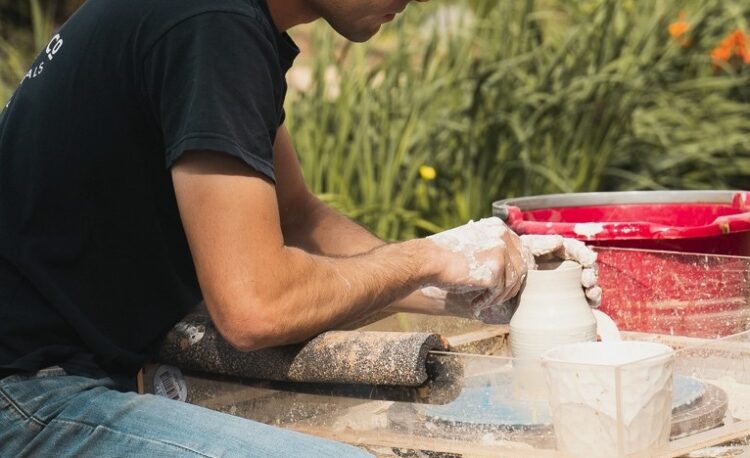This is an ongoing project from 2021 to 2024 as the doctoral research of Chase Minos at the Cyprus Institute, under the supervision of Dr Maria Dikomitou-Eliadou and Professor Thilo Rehren. It is one of several Early-Stage Research Fellowships funded by (PlaCe-ITN), a Horizon2020, MSCA Innovative Training Network on the study of Plasters and Ceramics from the eastern Mediterranean.

The aim of this project is the technological and compositional characterization of tableware pottery from the Late Bronze Age in Cyprus. The pottery will be sampled from Enkomi, an important, urban trading city on the East coast of Cyprus, and Aghios Sozomenos, an inland cluster of settlements and fortified enclosures that are situated close to copper resources. Aghios Sozomenos lies on the Gialias River valley that eventually leads to the Eastern coast and Enkomi. The ceramics to be sampled and analysed derive from the Late Cypriot I-IIB (1650-1400 BCE) periods and include wares that are manufactured by hand and on the wheel, i.e., Plain White Ware and Red/Black Slip. At this time, Cyprus witnessed the introduction of new technologies, increased contact with neighbouring eastern Mediterranean regions and the Aegean, and urbanisation of their settlements.

This project will investigate raw material selection and processing at an intra-regional level (Central to Eastern Cyprus), for understanding the impact of the environment and of the evolving potting technologies in ceramic production at these Late Cypriot communities. To understand what raw materials were selected, the techniques used to prepare the ceramic fabric, and those to manufacture the vessels, the wares will be analysed using various material characterisation methods, such as petrography, scanning electron microscopy, handheld X-Ray Fluorescence, and experimental archaeology. Currently, a morphological and macroscopic study of the pottery is being undertaken in order to observe any technological traces that might indicate the kind of technique used to shape the vessels. Moreover, the research project involves sediment sampling from the Gialias and Alykos river valleys, which will offer a unique opportunity to understand the potential source of raw materials used to produce these ceramics.

Ultimately, it is anticipated that this study will provide insight into the evolution of ceramic technology during an important phase of the Late Bronze Age, a period of significant socio-economic, political, and technological transformations. Crucially, it is at this time that the pottery wheel is introduced to Cyprus, a new technology that will transform the craft of pottery making on the island. As such, this project will examine closely these two wares and the changes in technology that might be associated with divergent uses of the potter’s wheel. Finally, this project on a broader level seeks to investigate the potential relationship between Enkomi and Aghios Sozomenos during the Bronze Age.
Acknowledgements
Training in the various scientific techniques is being provided through the PlaCe-ITN, as well as within the Cyprus Institute by Professor Rehren, Dr Dikomitou-Eliadou, and Dr Brunella Santarelli. Dr Dikomitou-Eliadou is helping with the research methodology, and sampling selection and, in collaboration with the Geological Survey Department of Cyprus, will also aid the selection and sampling of sediments in the field. Permission to study material has been generously provided by the Department of Antiquities and Dr Despina Pilides.
PhD Committee members: Dr Maria Dikomitou-Eliadou, Professor Thilo Rehren, Dr Lindy Crewe (Cyprus American Archaeological Research Institute), Dr Artemis Georgiou (University of Cyprus), Associate Professor Evi Margaritis, and Assistant Professor Efthymia Nikita
Chase is one of the fellows of the PlaCe-ITN, which is funded by Europe’s Horizon2020, the EU Research and Innovation funding programme, as a Marie Skłodowska-Curie Action (GA no. 956410).
His thesis is entitled “Ceramic Technologies of the Late Bronze Age in Cyprus: A technological, compositional and experimental archaeological investigation of utilitarian pottery from Aghios Sozomenos and Enkomi”.

